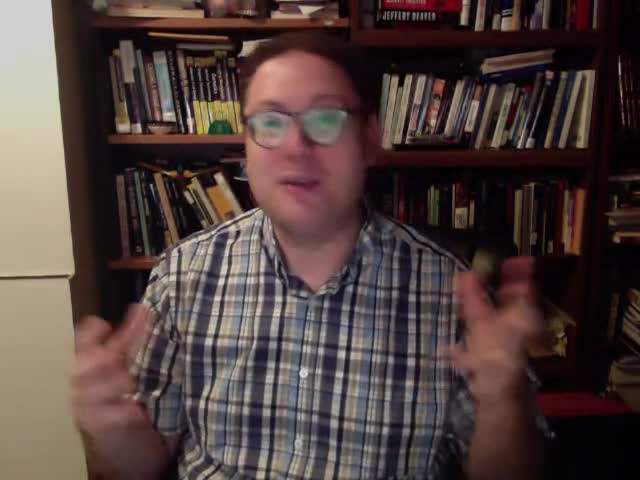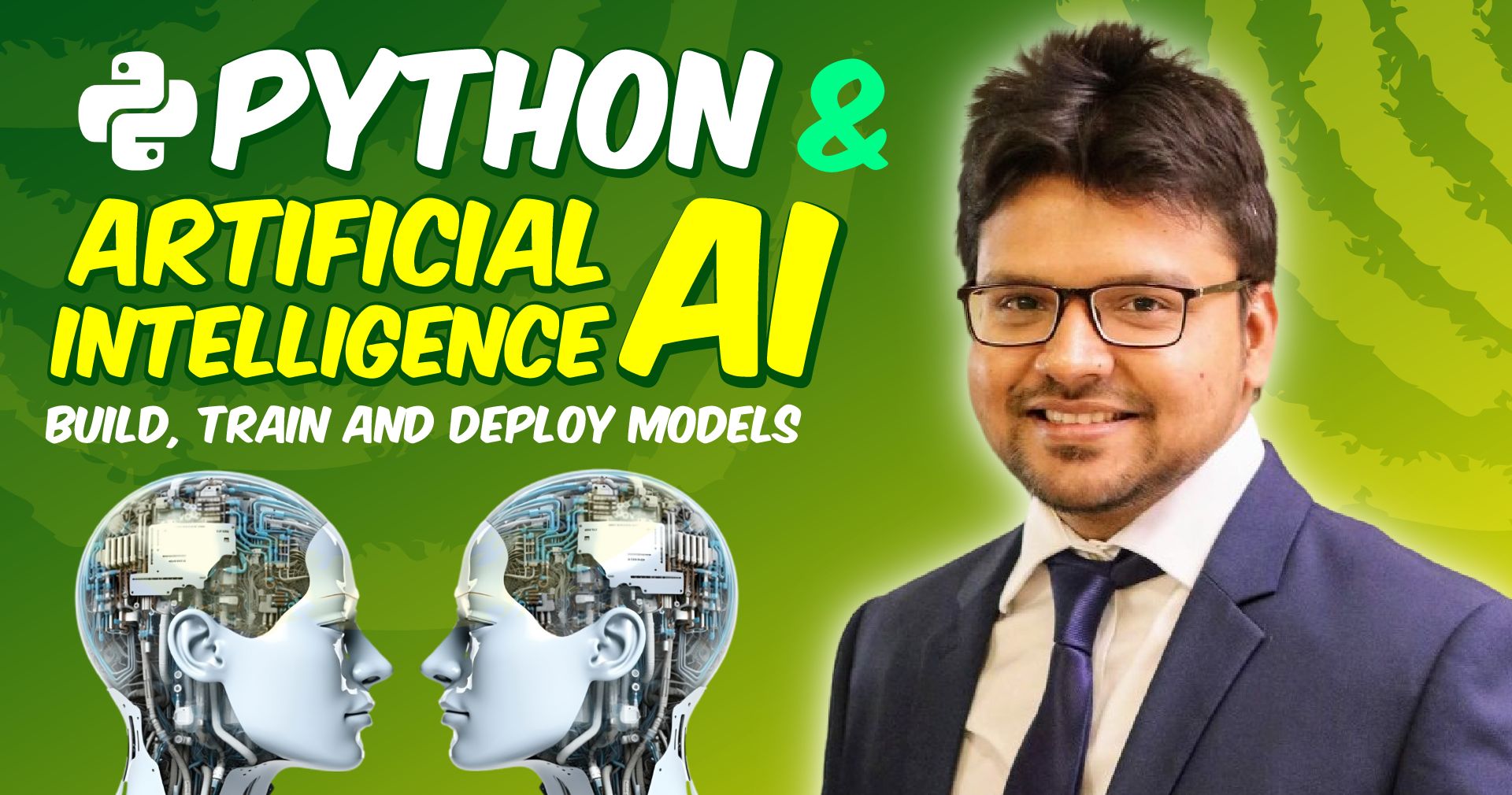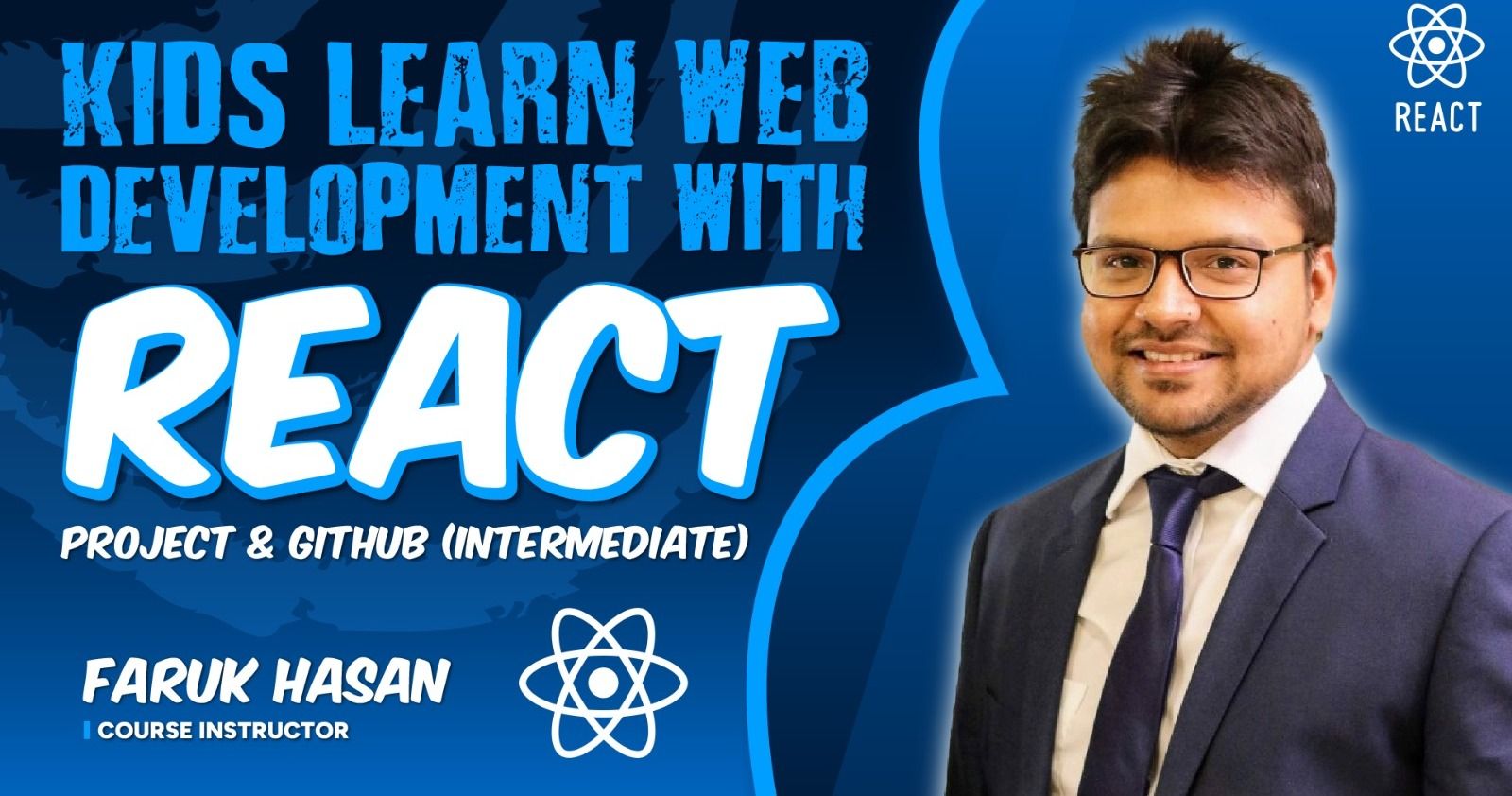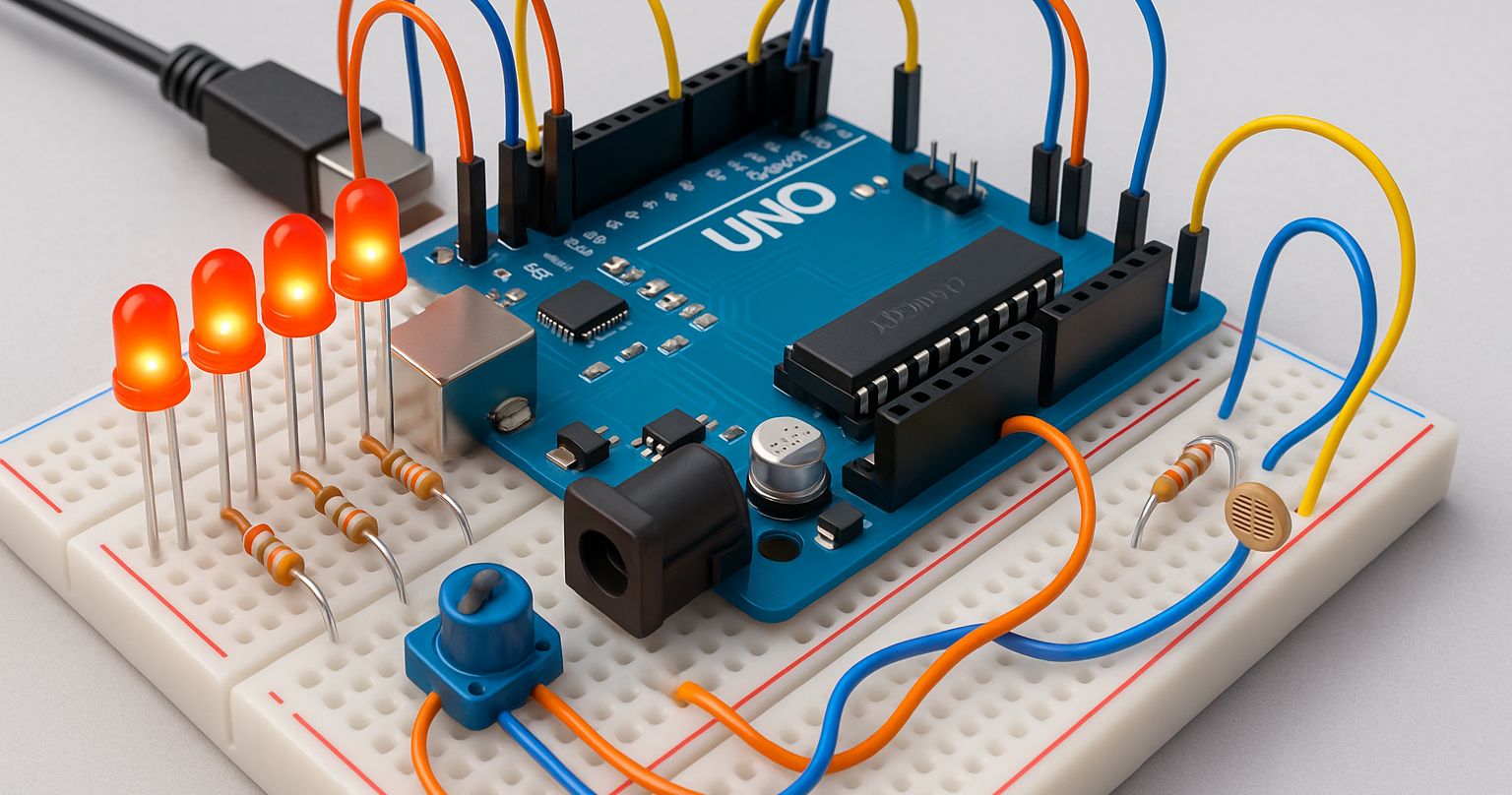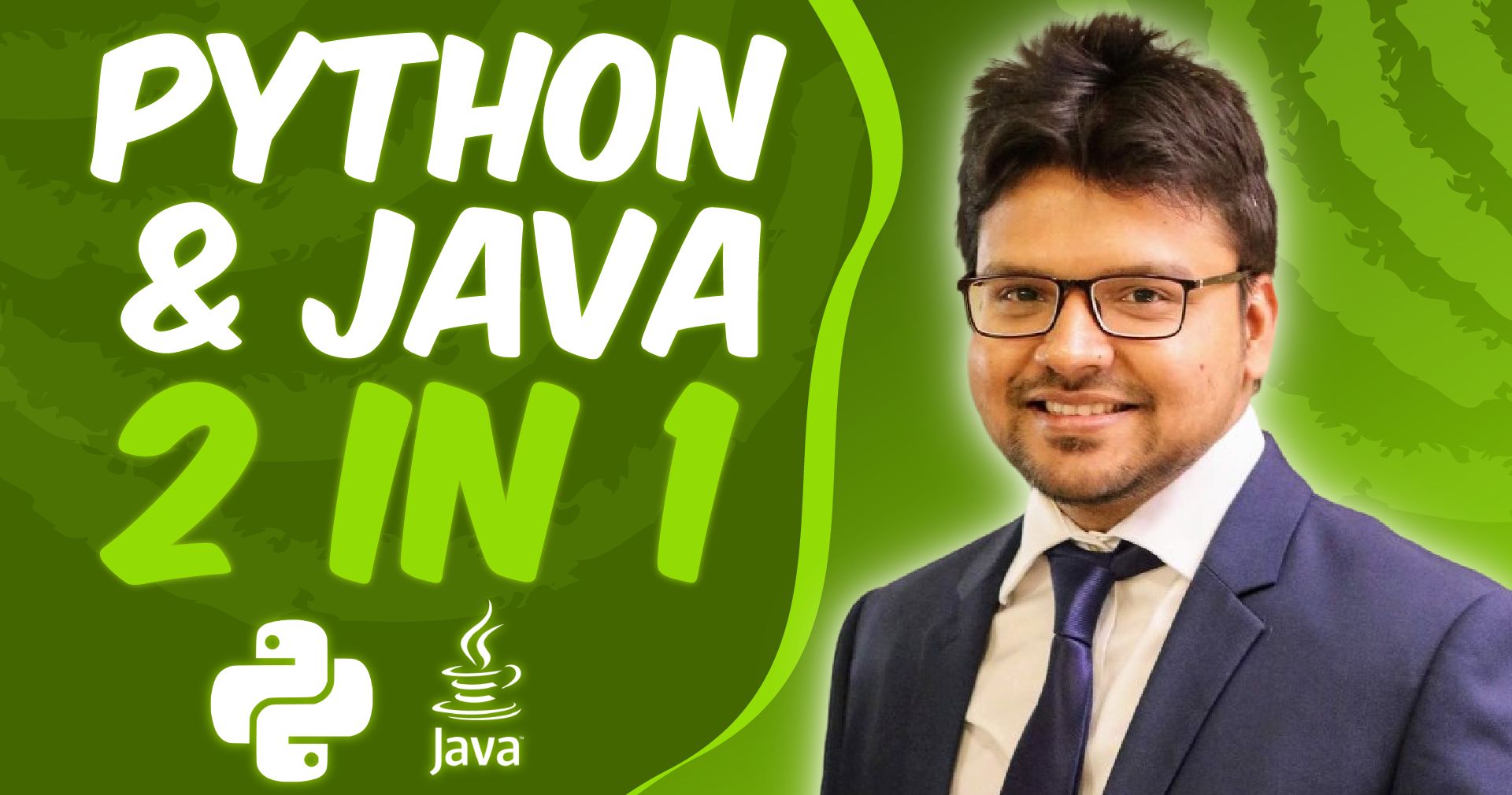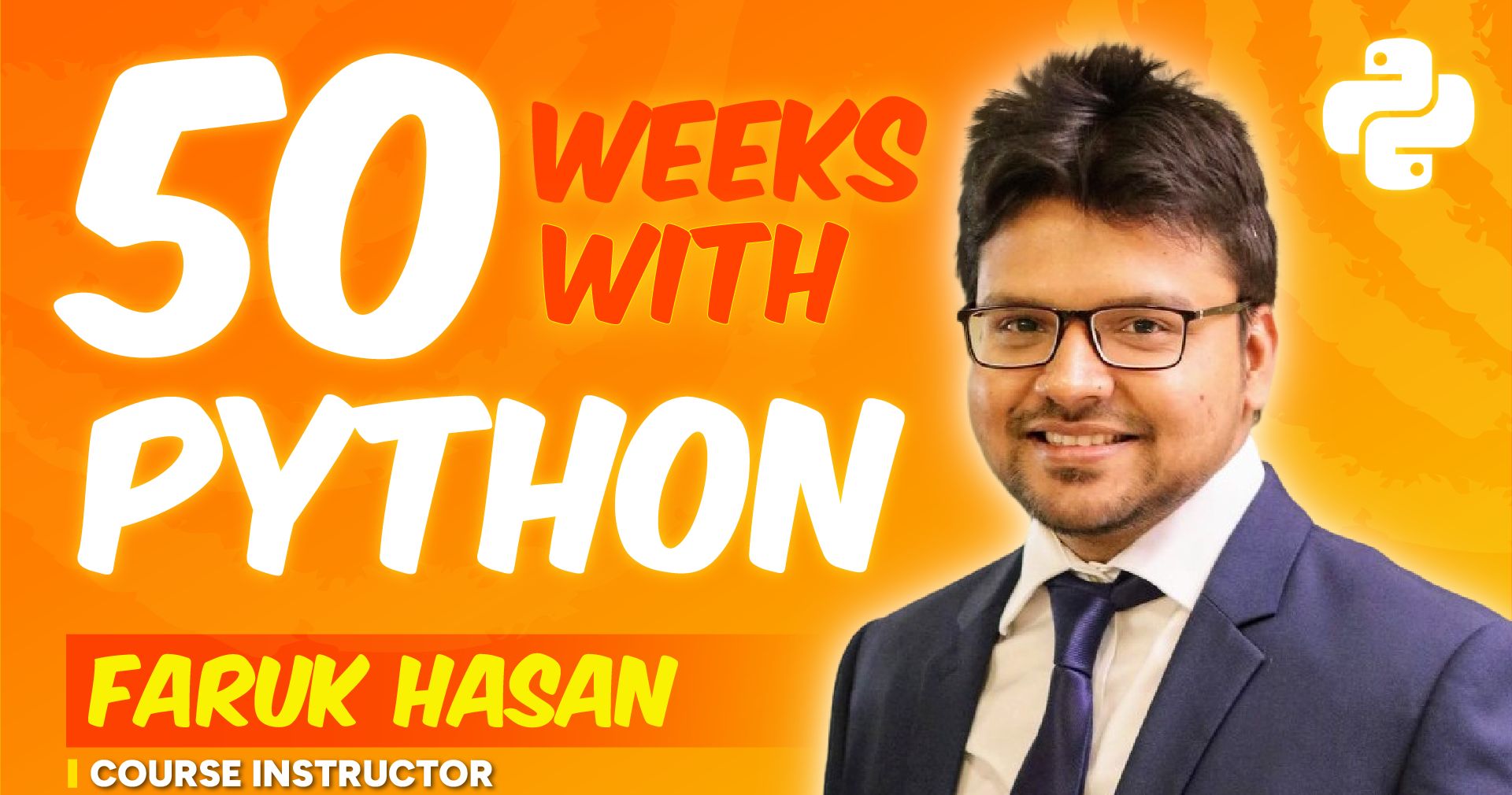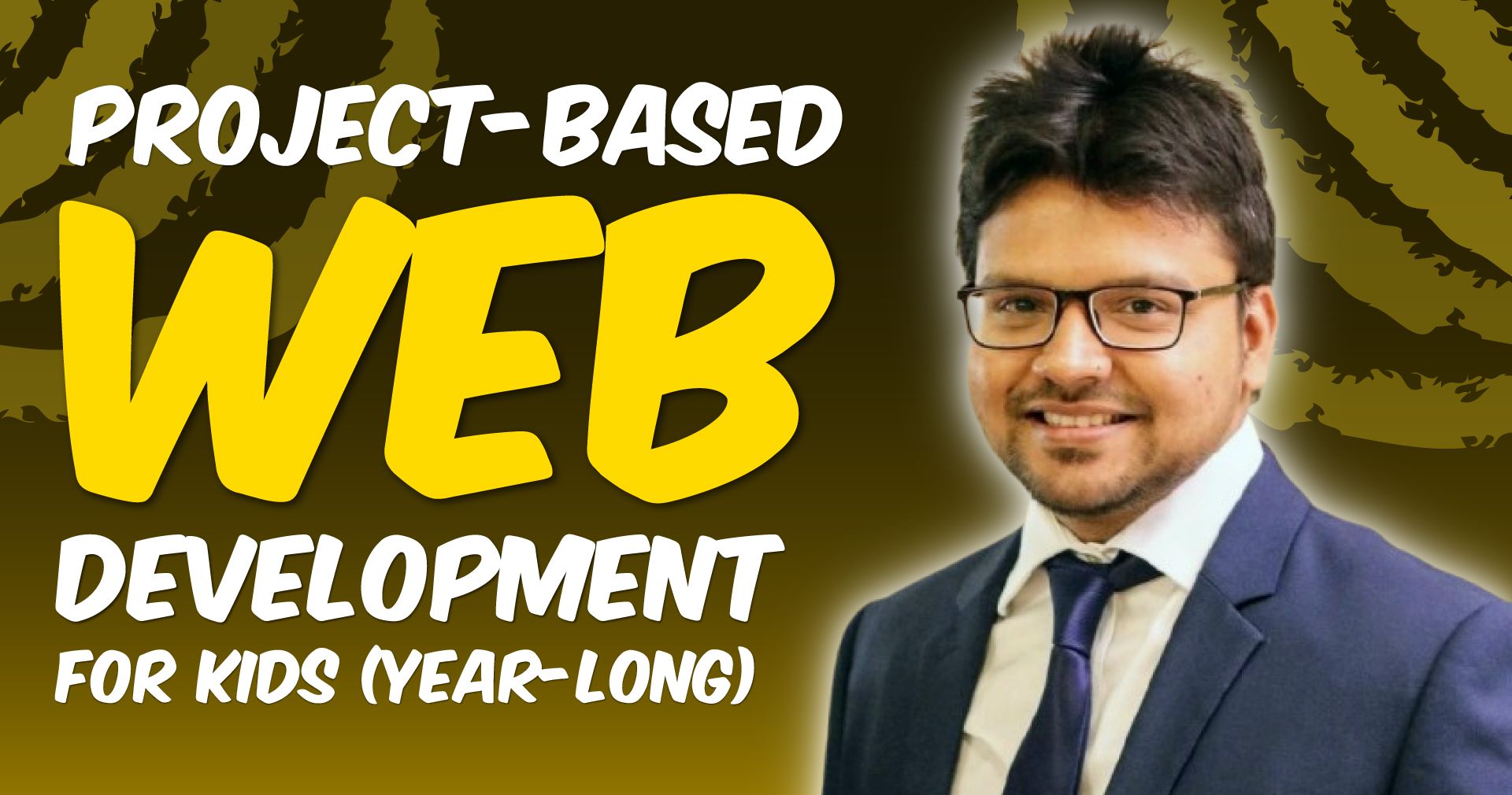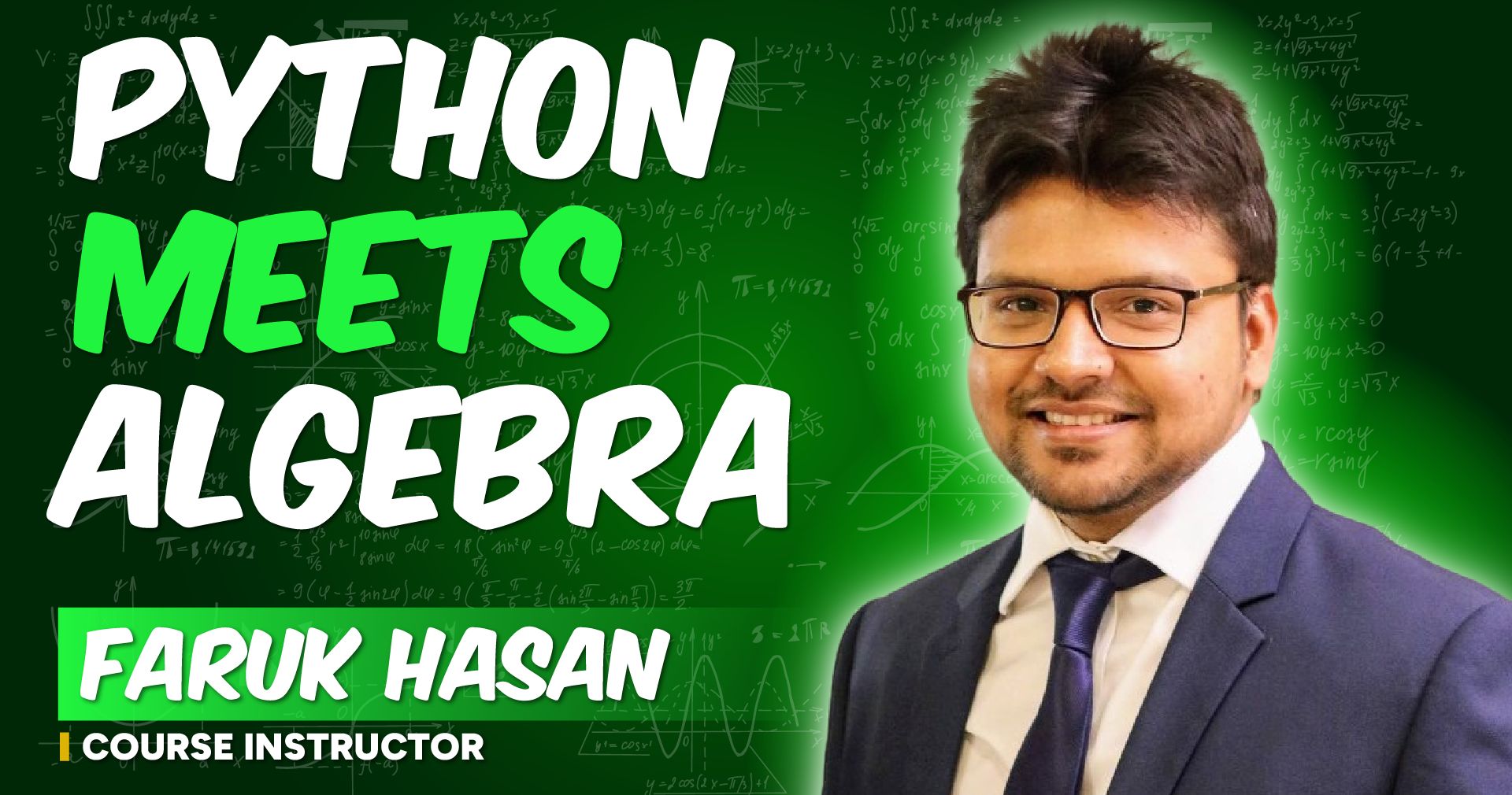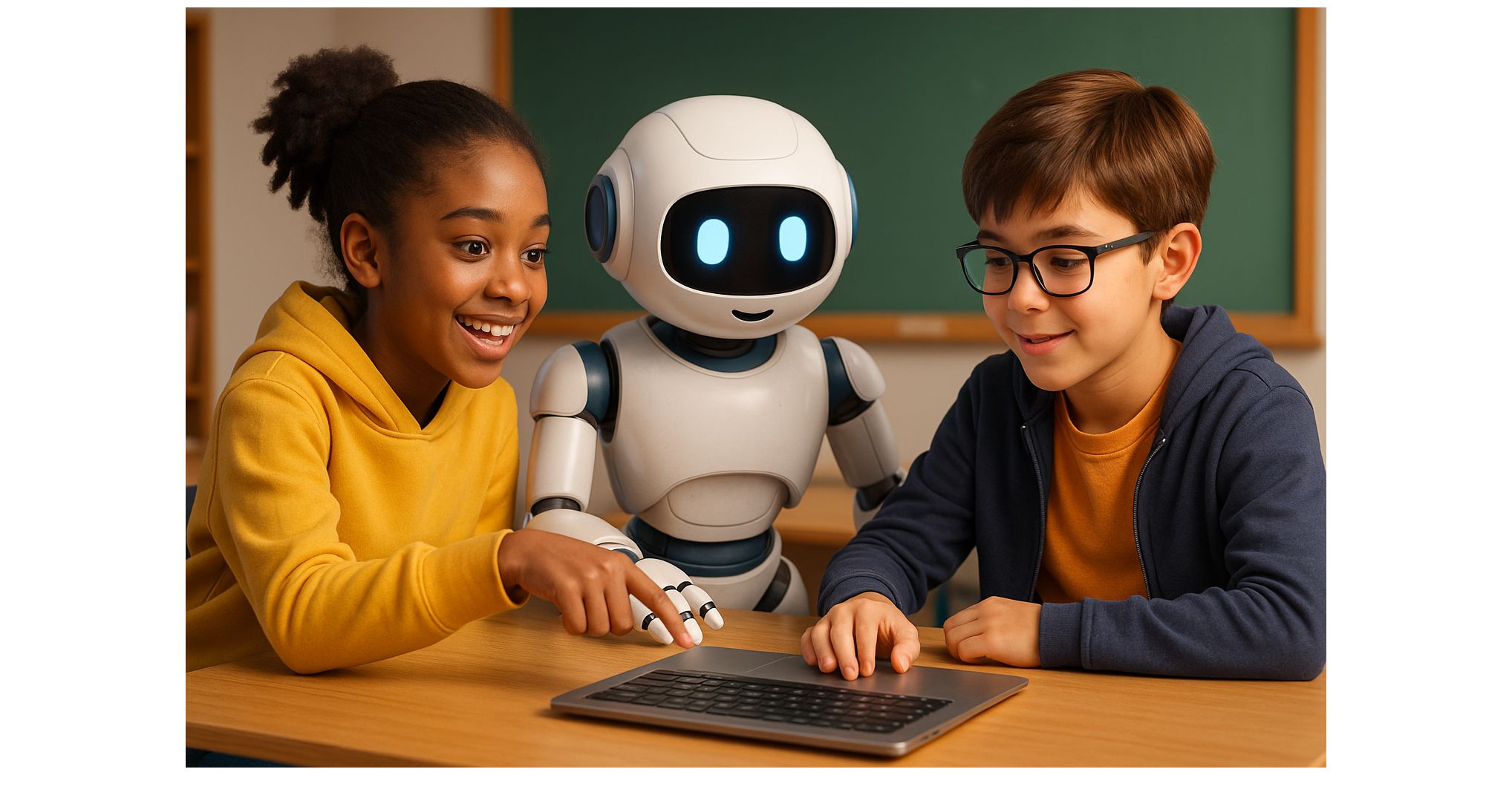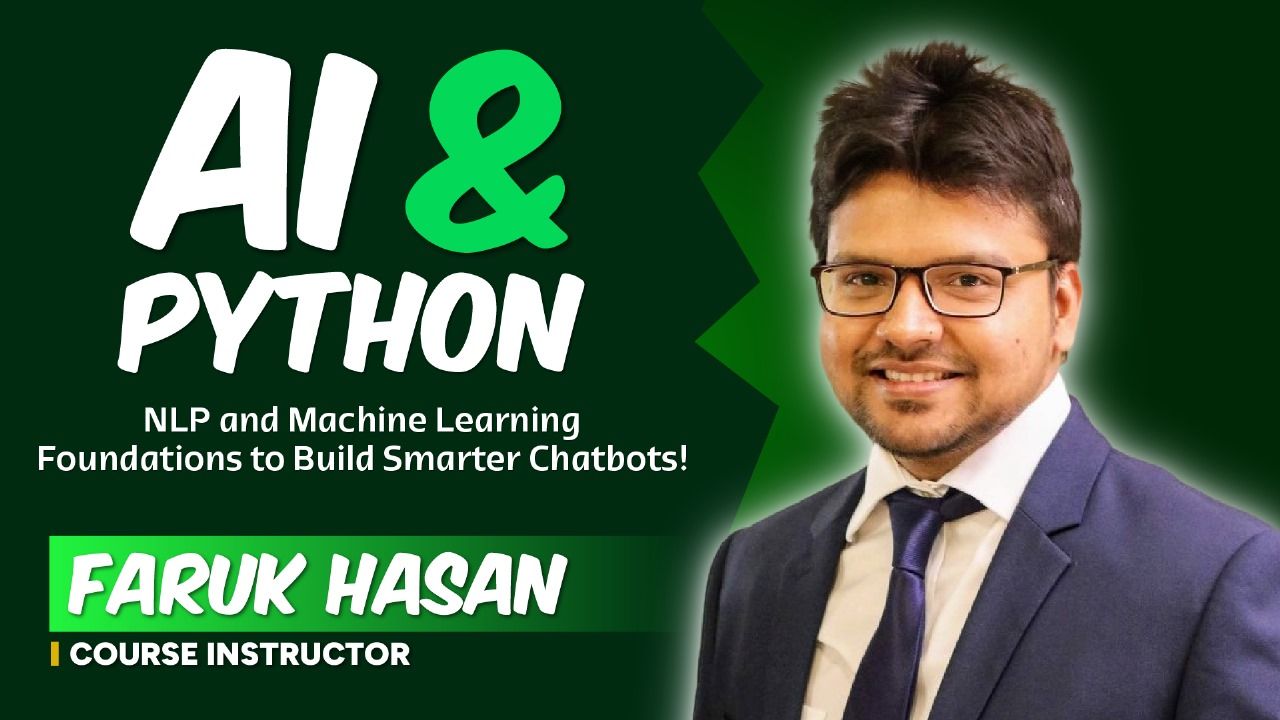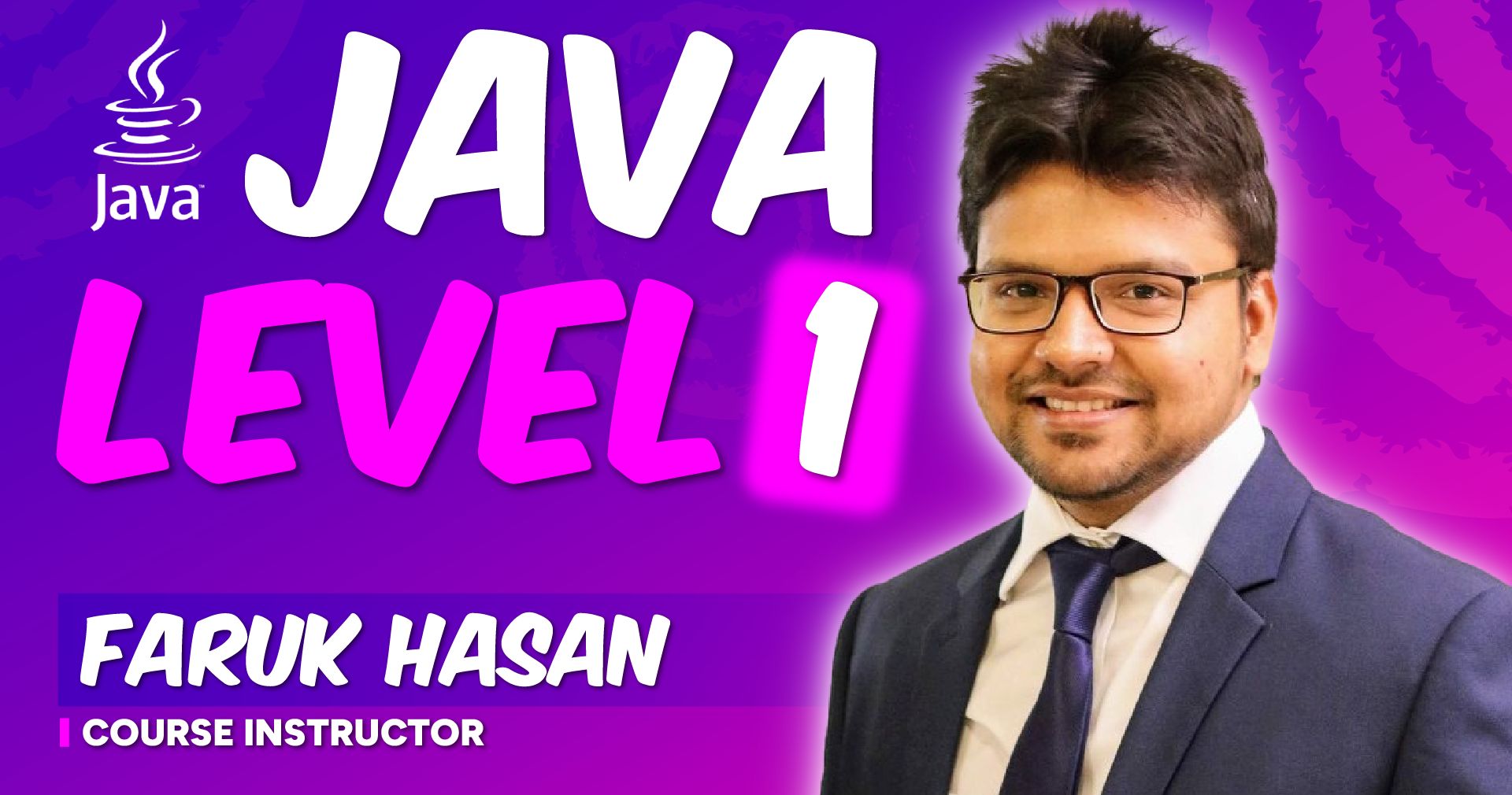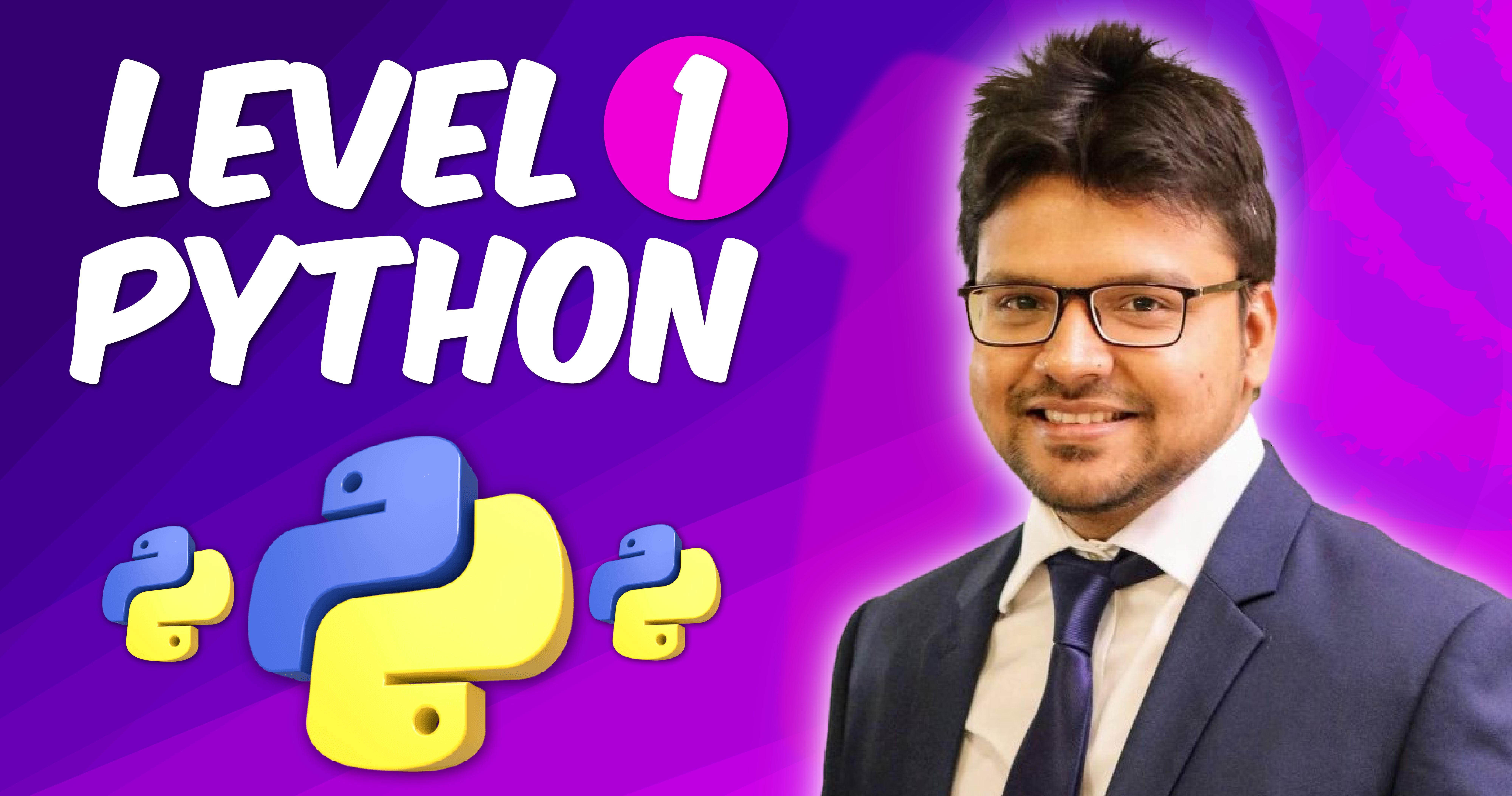First Month Free — use code BTS40. Offer valid for 80 credits plan.Learn More
37
or 258 for all content

Programación en Python | Intermedio | 07 semanas flexibles | Desarrollo web con Flask
Completed by 19 learners
Ages 13-18
Self-Paced Course
7 pre-recorded lessons
7 weeks of teacher support
Choose your start date
1 year of access to the content
Enroll Now, Start Anytime
Go at your own pace
Your learner can start learning when they want and progress at the speed that works best for them.Start when you want.
Learn at your own pace
Access course material for a full year.
Get hands-on support from teacher.
What’s included

7 pre-recorded lessons

7 weeks
of teacher support
1 year access
to the content
Homework
1-2 hours per week. Each module of the course will involve working through the slides, video, and code examples provided with the module, and uploading homework for each module. The modules build on each other, so it is important to complete each module before working on the next. Homework should take approximately one to two hours per week, in addition to the one to two hours required to work through each module. This may take longer depending on the complexity of the module, and the code that the student is interested in working on. There will be a homework assignment provided for each module of the course, students can work on their own version of the topics that are being covered using the sample provided code or come up with their own unique idea. The goal is to spend time programming each week and incrementally build their coding skills.
Assessment
All submissions to the classroom or the teacher section for weekly submissions will be reviewed and feedback will be provided. Feedback is generally given either as an informal assessment, or with a video, of course, if students run into problems with their code, they are more than welcome to send in any issues, which will be promptly addressed.Class Experience
Welcome to Intermediate Python Programming - Exploring Web Development with Flask! This is a fun flex course that will expand your knowledge of Python with some really amazing web development projects. Building on the basics of Python (variables, lists, dictionaries, loops, and functions) we will learn two new languages HTML (HyperText Markup Language the language web sites are written in) and Jinja, a special language like Python that helps Flask pass Python variables to the web. In the course we will work on forms so our programs can receive data from the web, as well as build programs that can send out data to build Python powered web apps. We will also work on some Flask web projects including a web password form, building a chat application (for multiple users), and using Python and Flask to send emails! In the final week of the course, we will look at examples to apply what we have learned, setting up a Flask site with a template, sending variables to the web, and working on sample projects that will help you construct your own site. Required experience: Basic knowledge of Python is required, including a working knowledge of Python variables, lists, dictionaries, loops, and functions.
Learning Goals

In the course, students will learn practical HTML, Flask and Jinja, and will learn how to build their own Python powered Flask micro framework web page. The course focuses on building real examples that students can use to build their own projects with.Syllabus
7 Lessons
over 7 WeeksLesson 1:
Introduction to HTML
Learn the basics of HTML, including tags, images, and links. This module also introduces image maps, tables, and colors to build a simple multi-page website. Lesson 2:
Advanced HTML with CSS and JavaScript
Explore CSS for styling, learn about JavaScript for interactive effects, and understand how to create animations, quizzes, and interactive features in a website. Lesson 3:
Getting Started with Flask and Jinja
Introduction to Flask, a micro web framework, and Jinja, a templating language, to integrate Python with the web. Learn how to create dynamic web pages that use Python-generated variables. Lesson 4:
Working with Forms and Requests
Learn how to create forms in HTML and process them with Flask. Discover how to use user input to generate dynamic content, create interactive pages, and build simple chat applications. Other Details

Supply List
We will be using Repl.it for the majority of the module, some modules may require the student to use Python locally (for example, some elements like opening the web browser can only be done locally), directions and detailed instructions will be provided.

External Resources
In addition to the Outschool classroom, this class uses:
Offered by
Teacher expertise and credentials
I love teaching programming using fun and interesting examples because it helps students go farther than learning hard to contextualize concepts. Understanding what we are doing and why means that students will be able to apply algebraic concepts (like x+y) having understood examples like (red bike + blue bike) in a way that has context and meaning. Other classes by Sidney - KidsSpeakCode
Other classes by Sidney - KidsSpeakCode
Parents also liked

All About Python Coding Level 3 | Python Coding Class for Intermediates
David Sofield
4.9
(881)
$35 per class
Next session at 9 PM on Sun 11/2
Group Class
10 wks, 1/wk, 1 hr
12-17

All About Python Coding for Teenagers | Python Coding Class for Beginners
David Sofield
4.9
(881)
$10 per week
Self-Paced Class
8 weeks
12-18

All About Python Programming Level 4 | Python Coding Class for Intermediates
David Sofield
4.9
(881)
$35 per class
Next session at 11:30 PM on Sun 11/9
Group Class
10 wks, 1/wk, 1 hr
12-17

All About Python Programming Level 2 | Python Coding Class for Teenagers
David Sofield
4.9
(881)
$35 per class
Next session at 8 PM on Saturday
Group Class
10 wks, 1/wk, 1 hr
12-17

All About Python Programming Level 1 | Python Coding Class for Teenagers
David Sofield
4.9
(881)
$25 per class
Next session at 5:30 PM on Saturday
Group Class
8 wks, 1/wk, 1 hr
12-17

Python Coding for Beginners | Live Fun Python Coding
QuattronKids
4.9
(253)
$19 per class
Next session at 10 PM on Monday
Group Class
10 wks, 1/wk, 1 hr
8-12

Summer Camp: Python Coding 4 Kids (Intro)
Dr. Elliott Heflin, Jr.
4.6
(408)
$19 per class
Next session at 2 PM on Monday
Group Class
2 wks, 5/wk, 55 min
8-13
1:1 Private Tutoring Python Coding - Introduction to Programming in Python
Ziad Ghazi
4.6
(10)
$59 per session
1-on-1 Lessons
On Demand
7-18
1 on 1 Python Coding Coach for Beginners (Tutoring)
Bojan Milinic
5.0
(7)
$65 per session
1-on-1 Lessons
On Demand
8-18

Python Coding with Minecraft: Build, Code, Create & Automate
Playverse Academy
$20 per class
Next session at 11 PM tomorrow
Group Class
12 wks, 1/wk, 55 min
11-15
-2.png?fit=crop&height=90&width=120&quality=80&strip=true)
Python Coding for Beginners Level 2 | Live Fun Python Coding
QuattronKids
4.9
(253)
$19 per class
Group Class
10 wks, 1/wk, 1 hr
8-12

Python Coding (Level 2) - Project-Based Programming Class for Beginners
Faruk Hasan
4.8
(156)
$8 per week
Self-Paced Class
10 weeks
10-15
One on One - Python Coding Classes
Geetu sodhi
5.0
(20)
$40 per session
1-on-1 Lessons
On Demand
9-14

Python Coding With Minecraft: Build & Code Epic Worlds
Create N Learn: Game-Based Learning & Future Skill
4.8
(515)
$15 per class
Next session at 10 PM tomorrow
Group Class
8 wks, 1/wk, 55 min
10-13
-2.png?fit=crop&height=90&width=120&quality=80&strip=true)
Python Level 3 Project Based | Live And Fun Python Coding
QuattronKids
4.9
(253)
$19 per class
Next session at 10:30 PM on Thu 9/25
Group Class
10 wks, 1/wk, 1 hr
8-12

Python Coding and Game Designing
Mehrab Ahmad
5.0
(3)
$10 per class
Next session at 9 PM on Monday
Group Class
1/wk, 55 min
11-16
Are you planning to use state funding, such as an Education Savings Account (ESA), Micro-grant or scholarship to help pay for your learner’s education?

